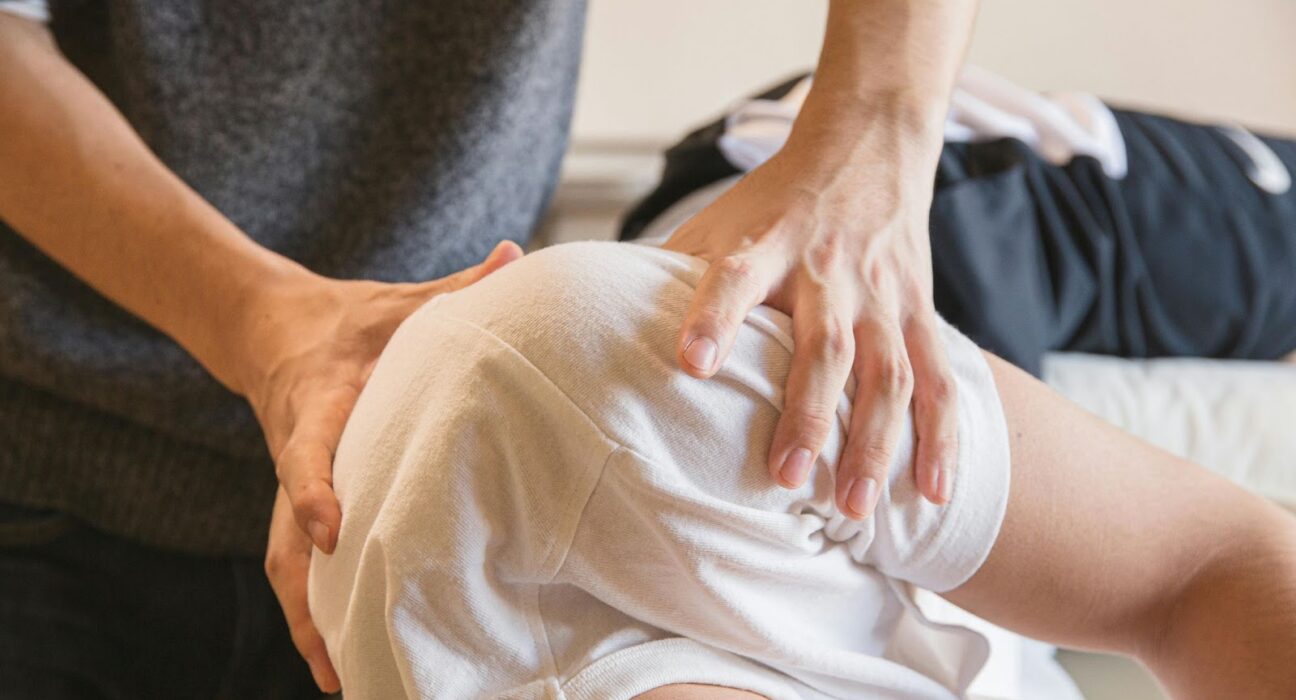Joint replacement surgery is a transformative procedure that restores mobility and alleviates chronic pain caused by arthritis, injury, or degenerative conditions. However, surgery is only the first step—successful recovery depends on physiotherapy after joint replacement to regain strength, flexibility, and function. Without it, patients may experience stiffness, pain, and difficulty resuming daily activities.
Exercise after knee replacement improves joint function, reduces swelling, and enhances balance, while hip replacement physiotherapy strengthens muscles and restores flexibility.
Consulting the best knee replacement surgeon in Nagpur ensures expert guidance, and hospitals like Shekhar Hospital offer tailored rehabilitation programs for a smooth recovery.
In this blog, we explore the importance of physiotherapy, rehabilitation phases, key exercises, and essential recovery tips.
Importance of Physiotherapy After Joint Replacement
Physiotherapy after joint replacement is essential for restoring mobility, reducing pain, and ensuring a full recovery. It helps strengthen the muscles surrounding the new joint, preventing stiffness and complications like blood clots or infections.
For patients recovering from knee replacement surgery, exercise after knee replacement improves flexibility and balance, enabling a return to daily activities. Similarly, hip replacement physiotherapy aids in rebuilding strength and stability.
Consulting the best knee replacement surgeon in Nagpur ensures a comprehensive recovery plan. Hospitals like Shekhar Hospital emphasize post-surgical rehabilitation, helping patients regain independence and improve overall joint function.
Phases of Physiotherapy in Joint Replacement Recovery
Recovery after joint replacement occurs in phases, each requiring specific physiotherapy interventions.
Early Post-Operative Phase (0-2 Weeks)
Focuses on pain management, reducing swelling, and gentle exercise after knee replacement or hip surgery. Walking aids like crutches support mobility.
Intermediate Phase (2-6 Weeks)
Strength training and hip replacement physiotherapy improve flexibility and balance. Patients gradually increase movement and weight-bearing activities.
Advanced Rehabilitation Phase (6+ Weeks)
Intensive exercises restore full function, preventing stiffness and muscle weakness. The top orthopedic surgeon in Nagpur can provide a tailored recovery plan. Shekhar Hospital offers specialized rehabilitation for optimal recovery.
Best Physiotherapy Exercises After Joint Replacement
A well-structured exercise program is essential for regaining mobility and strength after surgery. Exercise after knee replacement includes gentle stretching, quadriceps strengthening, and balance training to prevent stiffness and improve flexibility.
Similarly, hip replacement physiotherapy focuses on controlled leg lifts, seated marches, and resistance exercises to rebuild muscle strength. Low-impact activities like swimming and stationary cycling enhance endurance without straining the joint.
The best knee replacement surgeon in Nagpur often recommends a personalized exercise plan for faster recovery. At Shekhar Hospital, expert physiotherapists guide patients through targeted rehabilitation exercises for optimal joint function.
Tips for a Smooth Recovery
Consistency is key in physiotherapy after joint replacement to ensure long-term success. Patients should follow a structured exercise routine, gradually increasing intensity under professional guidance. Proper nutrition, including calcium and protein-rich foods, supports muscle and bone healing.
Pain management through prescribed medications, ice therapy, and rest is crucial. Avoiding high-impact activities and overexertion prevents complications.
Consulting the top orthopedic surgeon in Nagpur ensures personalized rehabilitation strategies. Shekhar Hospital provides comprehensive post-surgical care, helping patients regain independence faster.
Staying committed to recovery protocols significantly enhances mobility and overall joint function.
Conclusion
Physiotherapy is the cornerstone of recovery after joint replacement, ensuring restored mobility, pain relief, and improved quality of life. Whether undergoing exercise after knee replacement or hip replacement physiotherapy, a structured rehabilitation plan accelerates healing and prevents complications.
Consulting the orthopedic doctor in Nagpur provides expert guidance for a smooth recovery. At Shekhar Hospital, specialized orthopedic care and physiotherapy programs help patients regain strength and independence.
Don’t let post-surgery stiffness and pain slow you down—schedule a consultation today for expert physiotherapy and personalized rehabilitation care!





